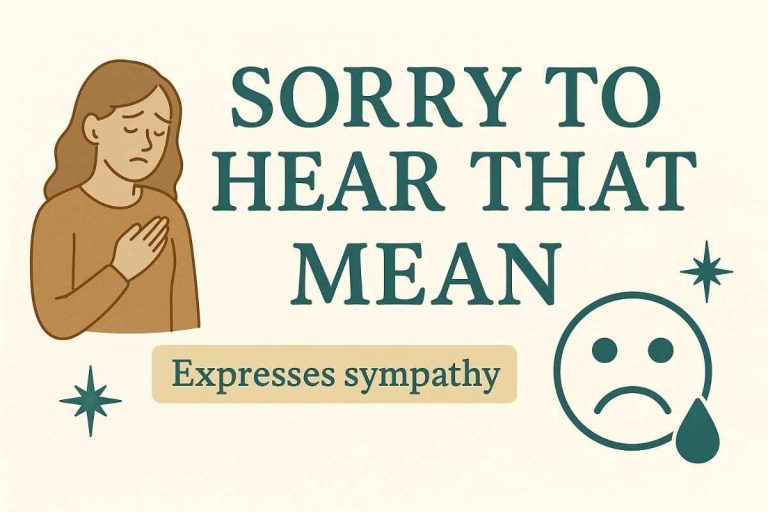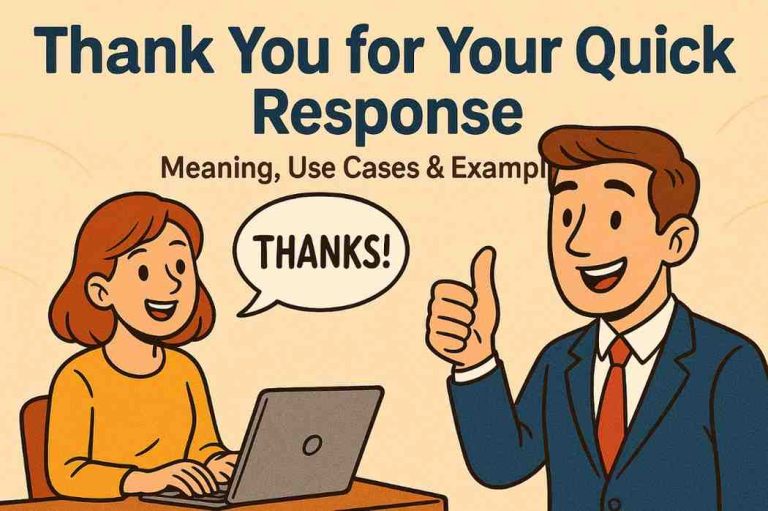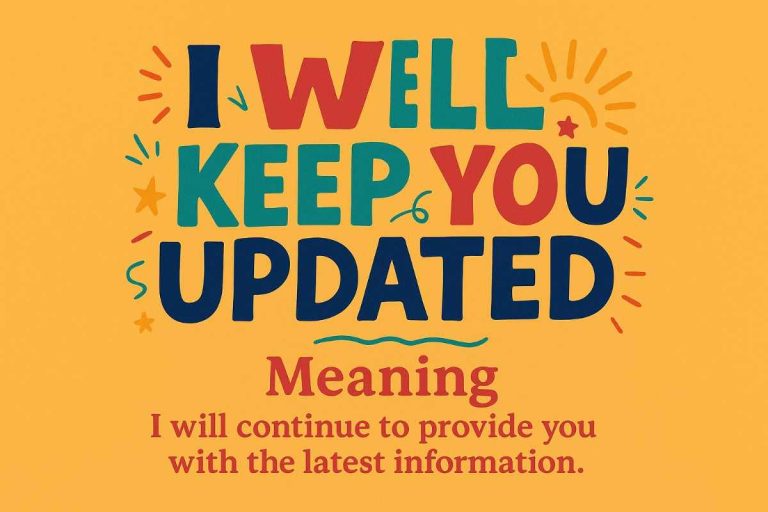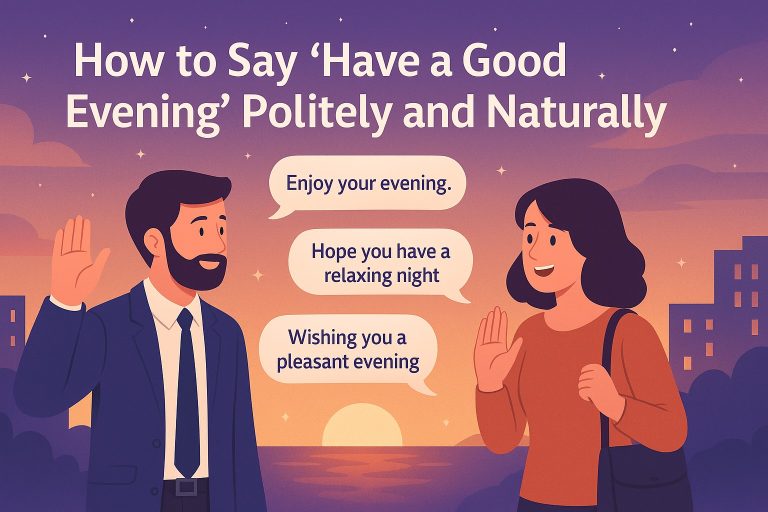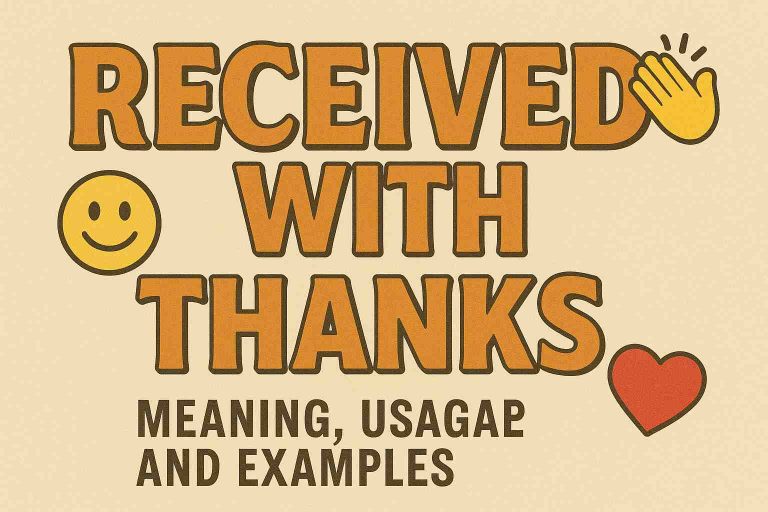26 Alternatives to ‘Please Feel Free’ for Better Email and Copywriting
“Please feel free” is a phrase that pops up a lot in both spoken and written English. It sounds polite, helpful, and inviting. People use it when they want to show that there are no restrictions. It’s often used to offer permission or encouragement in a respectful way. For example, someone might say, “Please feel free to call me if you have questions.” This gives the listener or reader a sense of openness and comfort.
But why does it sound so formal, even when the message is casual? Because of the structure. The word “please” adds politeness. “Feel free” removes pressure. Together, they create a phrase that sounds both kind and professional.
When to Use “Please Feel Free” in Daily Conversation
You might hear or say “please feel free” when you’re talking with friends, coworkers, or even strangers. It fits well when you’re offering help, access, or options. Imagine you’re at home and say to a guest, “Please feel free to grab a drink from the fridge.” It’s your way of saying, “Make yourself at home.”
In casual situations, the phrase makes things smoother. It removes hesitation. Instead of saying, “You can do this,” which sounds direct, you soften the tone by saying, “Please feel free to…”
It’s often used in these everyday moments:
- Inviting someone to ask questions
- Letting someone know they can use something
- Telling someone they can take an action without asking again
The Right Way to Use “Please Feel Free” in Emails and Conversations
When you’re writing an email, especially in a professional setting, tone matters. You want to be polite but clear. Using “please feel free” helps you do both. It’s often used in business emails, customer service replies, and team messages.
Here are some examples:
- “Please feel free to reach out with any concerns.”
- “Please feel free to share your feedback.”
- “Please feel free to contact me directly.”
This phrase works best when you want to sound open, cooperative, and respectful. Still, don’t overuse it. If every sentence says “please feel free,” it starts to feel less sincere.
Also, it’s better used in closing lines. That’s when people expect an offer or an opening. Try to avoid using it more than once in an email.
Find Out More – Pleasure Meeting You’ Meaning, Use Cases, and Alternatives for Better Conversations
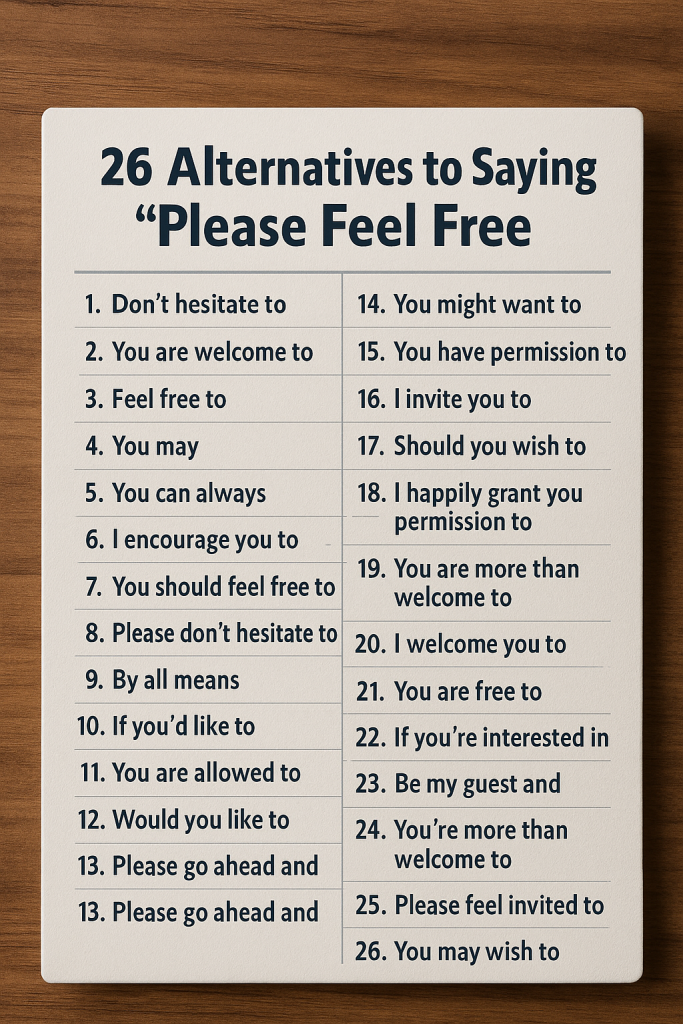
26 Alternatives to Saying “Please Feel Free”
Let’s break down some common alternatives. Each entry below includes its meaning, definition, a scenario, the tone, and best use.
- Go ahead
- Meaning: Granting casual permission
- Scenario: “Go ahead and ask any questions.”
- Tone: Informal, friendly
- Best Use: Casual chats or relaxed emails
- You’re welcome to
- Meaning: You’re allowed or invited
- Scenario: “You’re welcome to attend the meeting.”
- Tone: Neutral
- Best Use: Team meetings or inclusive invites
- Don’t hesitate to
- Meaning: Encouraging action
- Scenario: “Don’t hesitate to call.”
- Tone: Warm, professional
- Best Use: Emails and phone calls
- By all means
- Meaning: Emphatic permission
- Scenario: “By all means, use my office.”
- Tone: Formal, enthusiastic
- Best Use: When showing strong support
- Feel welcome to
- Meaning: Invitation with warmth
- Scenario: “Feel welcome to join us.”
- Tone: Friendly
- Best Use: Social or workplace invites
- I encourage you to
- Meaning: Supportive suggestion
- Scenario: “I encourage you to apply.”
- Tone: Professional
- Best Use: Motivational or HR language
- Can definitely
- Meaning: Confirming possibility
- Scenario: “You can definitely reach out.”
- Tone: Reassuring
- Best Use: Follow-up messages
- Have at it
- Meaning: Informal approval
- Scenario: “Want to try it? Have at it!”
- Tone: Very casual
- Best Use: Joking or relaxed settings
- It’s totally fine to
- Meaning: Approval or reassurance
- Scenario: “It’s totally fine to ask questions.”
- Tone: Casual, reassuring
- Best Use: Easing someone’s worry
- No problem if you want to
- Meaning: Permission with flexibility
- Scenario: “No problem if you want to bring a guest.”
- Tone: Easygoing
- Best Use: Friendly invitations
- Absolutely, go for it
- Meaning: Strong approval
- Scenario: “Absolutely, go for it.”
- Tone: Enthusiastic
- Best Use: Positive encouragement
- You can always
- Meaning: Ongoing permission
- Scenario: “You can always email me.”
- Tone: Calm and open
- Best Use: Offering standing support
- Be my guest
- Meaning: Full permission
- Scenario: “Want to take the lead? Be my guest.”
- Tone: Playful to polite
- Best Use: Casual approvals
- Don’t hold back
- Meaning: Encouraging openness
- Scenario: “Don’t hold back with your thoughts.”
- Tone: Supportive
- Best Use: Group work, creative spaces
- Make yourself at home
- Meaning: Physical comfort
- Scenario: “Please, make yourself at home.”
- Tone: Warm
- Best Use: Guests or hospitality
- It’s okay to
- Meaning: Granting simple permission
- Scenario: “It’s okay to speak up.”
- Tone: Supportive, calm
- Best Use: Easing nerves
- I invite you to
- Meaning: Formal offer
- Scenario: “I invite you to respond.”
- Tone: Polite, official
- Best Use: Speeches, ceremonies
- Feel at ease to
- Meaning: Reduce pressure
- Scenario: “Feel at ease to ask questions.”
- Tone: Gentle, helpful
- Best Use: Teaching, onboarding
- Knock yourself out
- Meaning: Sarcastic or playful approval
- Scenario: “Want to rewrite it? Knock yourself out.”
- Tone: Humorous, laid-back
- Best Use: Friends, casual offices
- Jump in any time
- Meaning: Join without waiting
- Scenario: “Jump in any time with thoughts.”
- Tone: Open, encouraging
- Best Use: Group meetings, brainstorming
- You’re free to
- Meaning: No restrictions
- Scenario: “You’re free to leave early.”
- Tone: Neutral
- Best Use: Offering flexibility
- Don’t be shy about
- Meaning: Encouraging expression
- Scenario: “Don’t be shy about asking.”
- Tone: Kind, informal
- Best Use: Teaching or mentoring
- Use as needed
- Meaning: Granting use
- Scenario: “Here’s a copy—use as needed.”
- Tone: Simple
- Best Use: Tools, resources
- Go for it
- Meaning: Cheerful approval
- Scenario: “Thinking of suggesting a fix? Go for it.”
- Tone: Uplifting
- Best Use: Motivation
- That’s fine with me
- Meaning: No objection
- Scenario: “Want to change it? That’s fine with me.”
- Tone: Agreeable
- Best Use: Friendly approval
- You’ve got the green light
- Meaning: Full permission
- Scenario: “You’ve got the green light to proceed.”
- Tone: Confident, decisive
- Best Use: Leadership or decision-making
See Related Content – 25 Kind Ways to Say ‘God Bless You’ Without Sounding Too Formal
How to Respond to “Please Feel Free”
When someone says, “please feel free,” they’re offering you space. It’s like holding the door open. You’re not forced to walk through it, but the option’s there.
So how should you respond?
If you’re accepting the offer:
- “Thanks, I’ll reach out if I need anything.”
- “Appreciate that—I may take you up on it.”
If you’re not sure yet:
- “Thanks, I’ll keep that in mind.”
- “Good to know, thank you.”
It shows respect for the offer while keeping things polite and open.
Conclusion
“Please feel free” is a simple phrase, but it does a lot of work. It softens tone, signals kindness, and creates space for others to act without fear or pressure. Whether in a quick chat, an email, or a formal message, knowing when—and how—to use it makes your communication smoother and more respectful.
And with 26 solid alternatives, you’ll never be stuck saying the same phrase over and over again. Just remember the tone, the timing, and the context. The right phrase can open a door—sometimes, quite literally.


